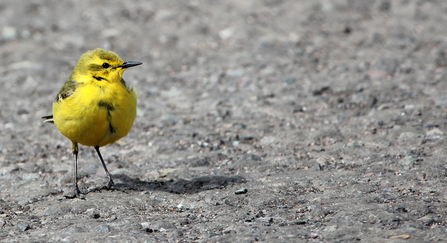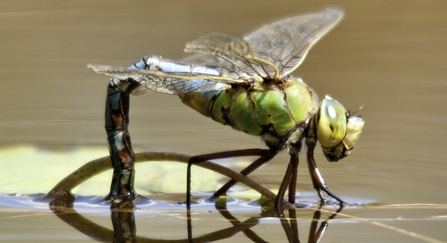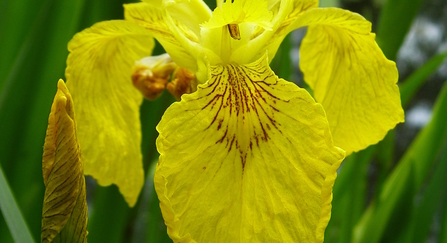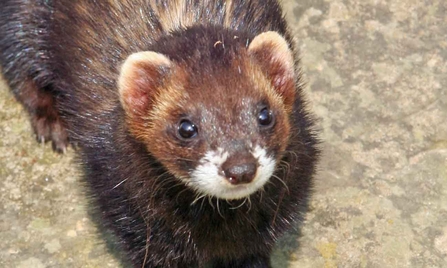Trundle Mere Lookout, our ‘window on the restoration’ at Rymes Reedbed, was vandalised this month, and so is now closed. The door was ripped off and thrown through a window, along with several benches, windows were smashed, a notice board was torn down and thrown into the field, and quite a lot of the walkway screen was broken.
This is obviously dispiriting for us, during these trying times, but on a positive note, there is also good news to report. Our monitoring continues to detect yet more grasshopper warblers on the restoration land surrounding Holme Fen, and we also have young lapwings elsewhere on site and yellow wagtail families pottering about the Fen. These wildlife gains are uplifting ‘highs’ at the Great Fen, which keep staff and volunteers going, and just the sort of thing to look out for during the current 30 Days Wild. Botanical surveys have started, with the results of the high water levels being very noticeable. As the water levels have dropped, we have ended up with an increased amount of bare ground, and we do like that in this type of conservation, with the associated plants, invertebrates and birds etc.









